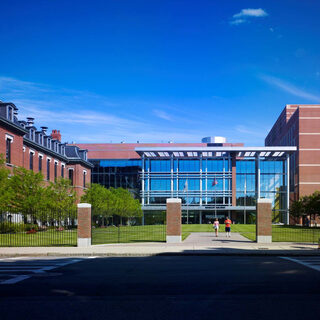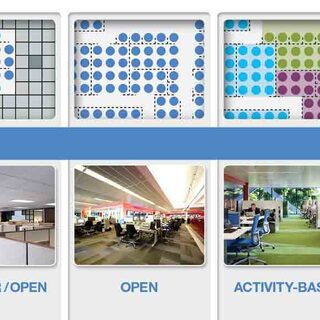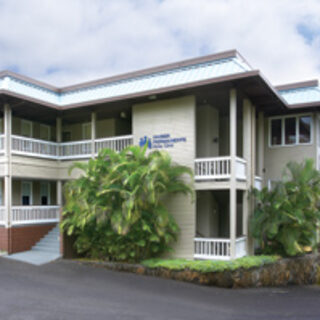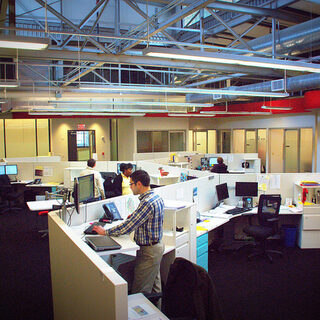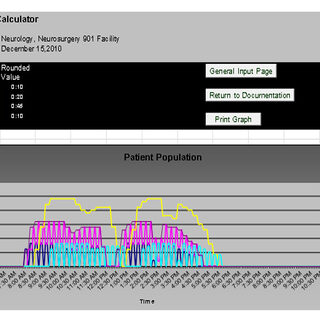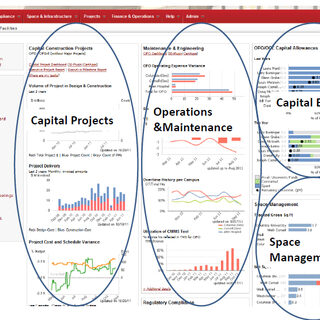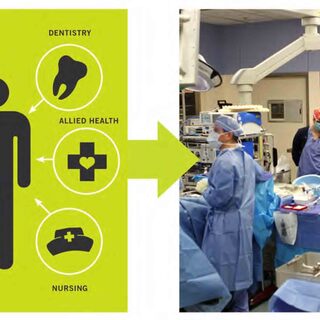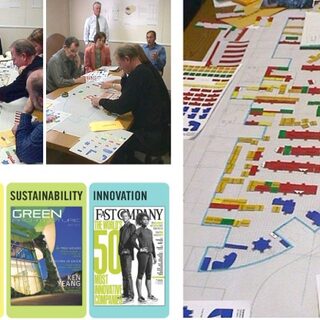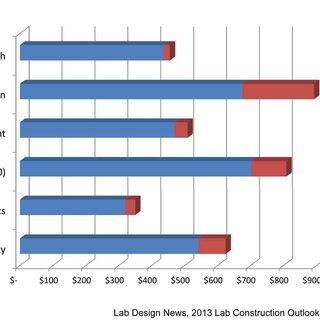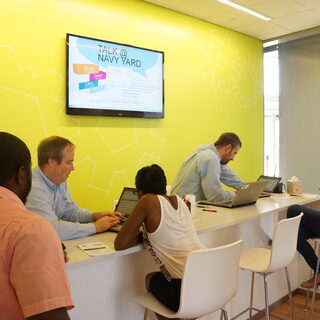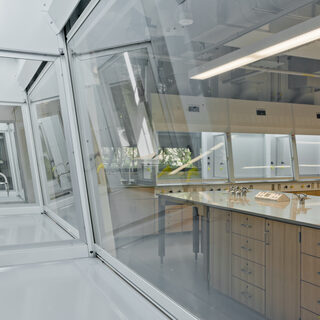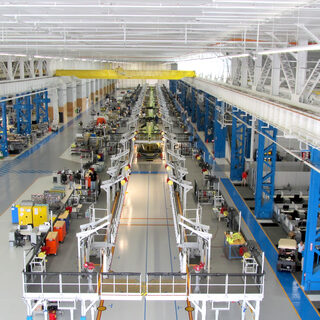Healthcare Reform and Changing Delivery Models Drive New Approach to Space Planning
Boston Medical Center (BMC) is responding to the changing healthcare climate with a new facilities master plan that will redesign clinical campus space and shrink total square footage in a way that reduces capital and operating expenses while improving efficiency. The plan includes a $300 million construction and renovation project that will consolidate the hospital’s two existing campuses while maintaining the same level of services. It also provides flexibility to add 1.2 million sf of space in the future, as needs arise.

